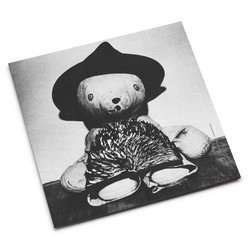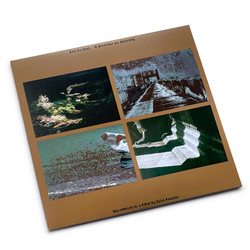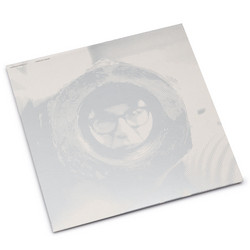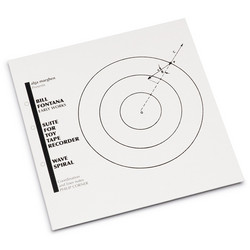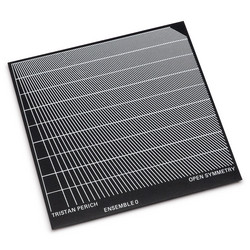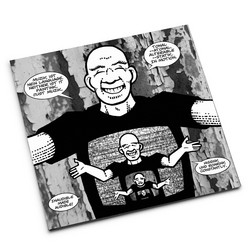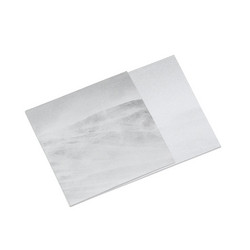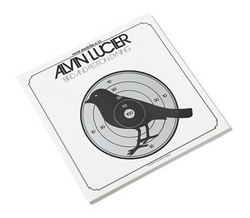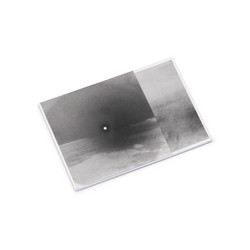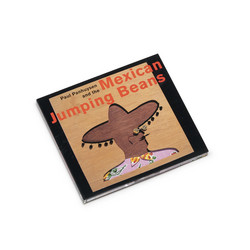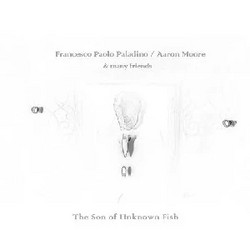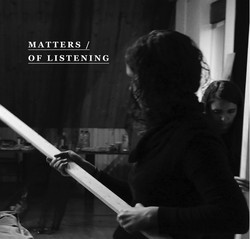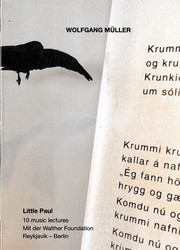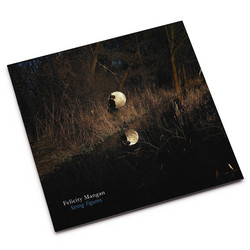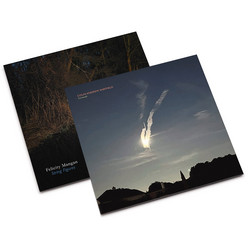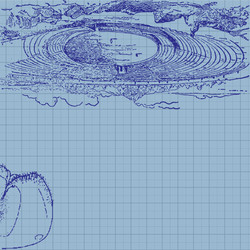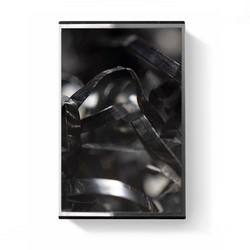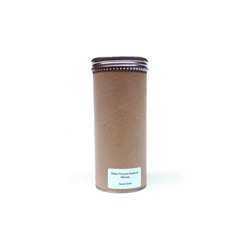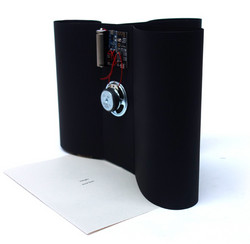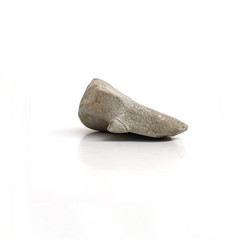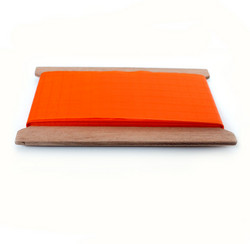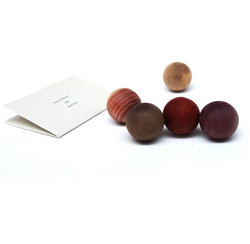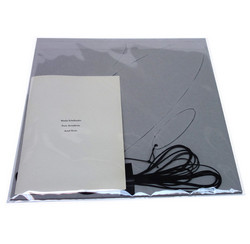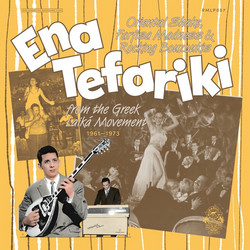Transducer derives form a functionally similar instrument built by the Australian sound artist Felicity Mangan.
Instructions:
• Turn on the transducer by the red switch in the tee.
• Turn on Bluetooth on phone or computer, pair your device with MH38.
• Check sound levels on phone or computer (about 3/4 of maximum is usually best), then play sound.
• Attach the stronger magnet (the disk shaped one) to any magnetic metal surface/object or clamp a non magnetic object with both the disk and the ring mag- net, by placing each on one sides (i.e. a wooden door, a cardboard box, a book).*
• Slowly get the tee closer to the stronger magnet; the point of maximum transfer efficiency is when the the coil surrounds the magnet.
• Use the distance between the tee and the magnet as a volume control.
• Listen to the acoustic response and feel (with your hand) the vibrations produced by different sounds on different substrates.
• The internal battery can be recharged via the micro USB port in the tee (any smartphone charger will work).

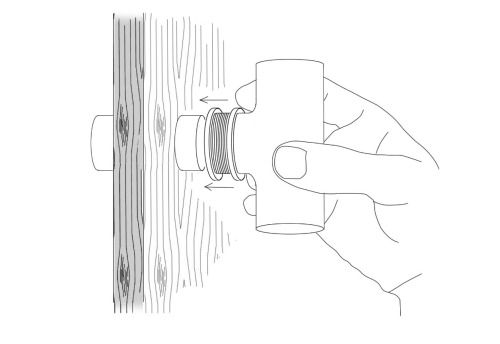
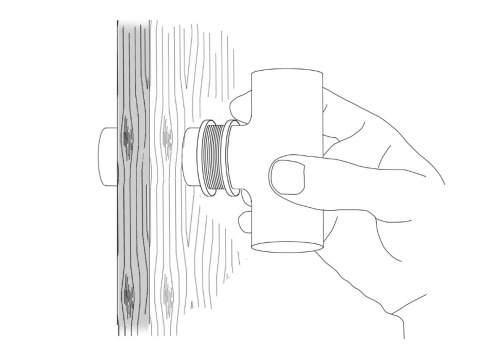
* Be careful to avoid getting your fingers caught! Magnets may cause permanent damage to credit cards, computer hard drives, data storage media and other electronic devices.
«Mainstream practices of design in western industrialized societies aspire toward a logic of form that reduces our ability to perceive the depth and scope of our material involvement with the world around us. According to this logic of form, lines or conduits of energetic and material circulation are wrapped up within opaque, enclosing surfaces that conspire to hide these circulations from perception and present the appearance of discrete, finished entities.» - Mike Anusas, Tim Ingold, 2013
When I first saw Felicity Mangan playing live, she had put together – out of readymade objects – a peculiar sound system: she played various animals’ sounds with a portable mp3 player into a car audio amplifier going into a copper coil. She pinched a cardboard box with magnets and by surrounding them with the coil, the cardboard became a loudspeaker. Felicity’s interest in audio transducers derives from studies showing that:
«vibrational communication is widespread in insect social and ecological interactions. Of the insect species that communicate using sound, water surface ripples, or substrate vibrations, we estimate that 92% use substrate vibrations alone or with other forms of mechanical signaling. Vibrational signals differ dramatically from airborne insect sounds, often having low frequencies, pure tones, and combinations of contrasting acoustic elements. Plants are the most widely used substrate for transmitting vibrational signals.» - Reginald B. Cocroft, Rafael L. Rodríguez, 2005
We wanted the rendition of Felicity’s DIY device to be relatively self-contained in order for it to be easily manipulated (the T tube serves both as a coil and as a container for the electronics). We liked that copper changes colour with time (a tech gadget that reacts with air and water, behaving like something organic). Also, unlike plastic, copper gets warmer by heat transfer from the user’s hand and the coil’s electromagnetic action. - Attila Faravelli/Aural Tools
Transducer was realized within the Pianpicollo Research Residency, with support from Fondazione Cassa di Risparmio di Cuneo and Regione Piemonte.
